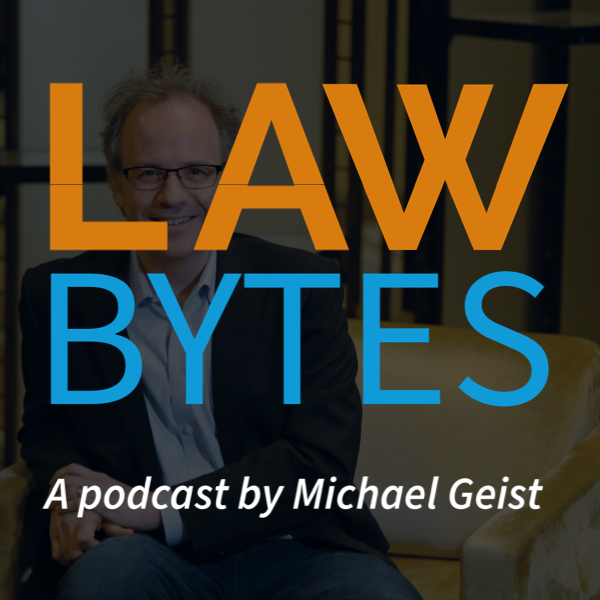The CBC has filed a copyright infringement lawsuit against the Conservative Party over the use of clips on its Not As Advertised website and the use of debate clips on its Twitter feed. The lawsuit, filed yesterday in federal court, claims that a campaign video titled “Look at What We’ve Done” contained multiple excerpts from CBC programming in violation of copyright law. Moreover, the CBC also cites tweets that included short video clips of between 21 seconds and 42 seconds from the English-language leaders’ debate. The CBC argues that posting those clips on Twitter also constitutes copyright infringement.
Latest Posts
Why Political Parties + Mass Data Collection + Religious Targeting + No Privacy Laws = Trouble
Earlier this week, I opened my mailbox to find the above pictured campaign flyer from the Conservative Party. The flyer asks “Who Is the Real Friend of Israel and the Jewish Community in Canada” on the outside and tries to make the case for the Conservatives on the inside. The flyer was personally addressed to my family and was apparently sent to many Jewish households (or presumed Jewish households). As I noted in a tweet yesterday, I don’t know how my family made it into the Conservative party list. The party might have visited the house, saw a mezzuzah on the door, and made the connection. Maybe it bought a list with the name from a community organization or publication. Or perhaps it just guessed based on geographic areas or names.
The LawBytes Podcast, Episode 26: There Is No Crisis – Dwayne Winseck on the State of Canadian Communications, Media and Cultural Policy
The future of Canadian communications law has emerged as political hot potato in recent weeks with political parties engaged in finger pointing over who is acting – or failing to act – on issues closely aligned to cultural policy. Just prior to the election call, Dwayne Winseck, a professor at Carleton who has been one of Canada’s most prominent experts on communications and cultural policy, joined the podcast to provide his take on the initial report from the Broadcasting and Telecommunications Legislative Review Panel, the tech-lash against companies such as Google and Facebook, and what the numbers tell us about the state of media and advertising in Canada.
The Big Story: Do Canadians have a right to be forgotten online?
I appeared on The Big Story podcast on October 3, 2019.
In the episode, we discussed the Right To Be Forgotten framework under the European Union and whether Canada should also adopt a similar framework. We discussed whether information about ourselves online should be “vanished.”
Why Do Canada’s Political Parties Have a Hard Time Saying No to New Internet and Wireless Taxes?
The question should be an easy, slam-dunk: will you implement new Internet or wireless taxes to support the creation of Canadian content? Given that Canada has some of the highest Internet and wireless costs in the world, rejecting new fees or taxes that would further increase those costs should not require any hedging or attempts to change the subject. In fact, while the Canadian Heritage committee and the CRTC have proposed new wireless fees and taxes, Prime Minister Justin Trudeau clearly rejected the approach. For example, minutes after the Heritage report was released, he told the press:











